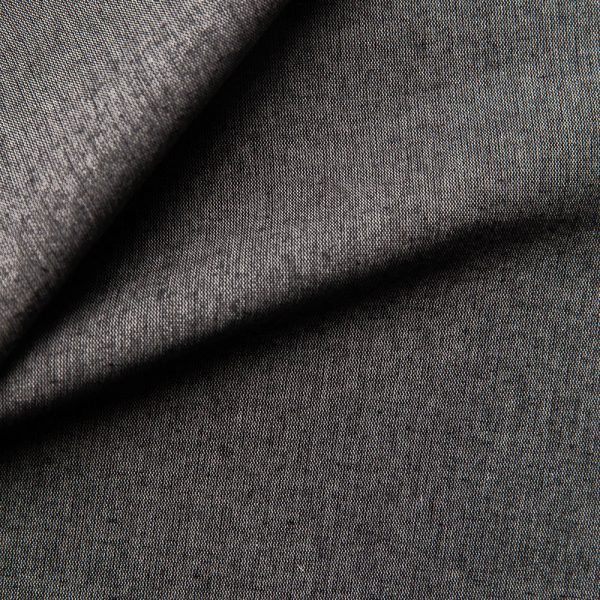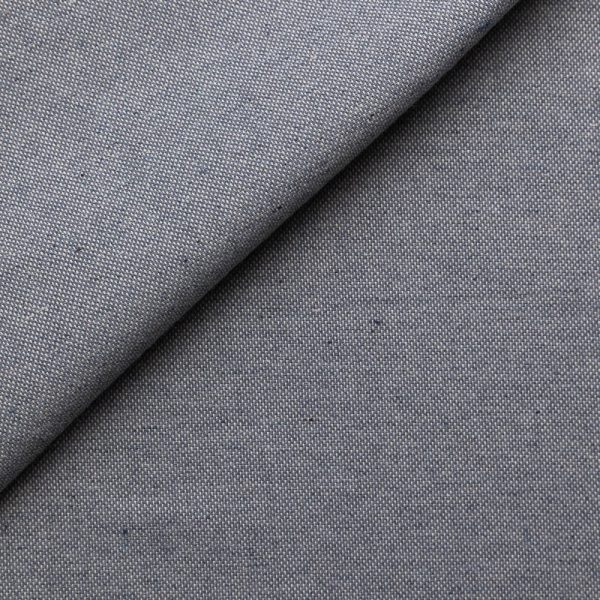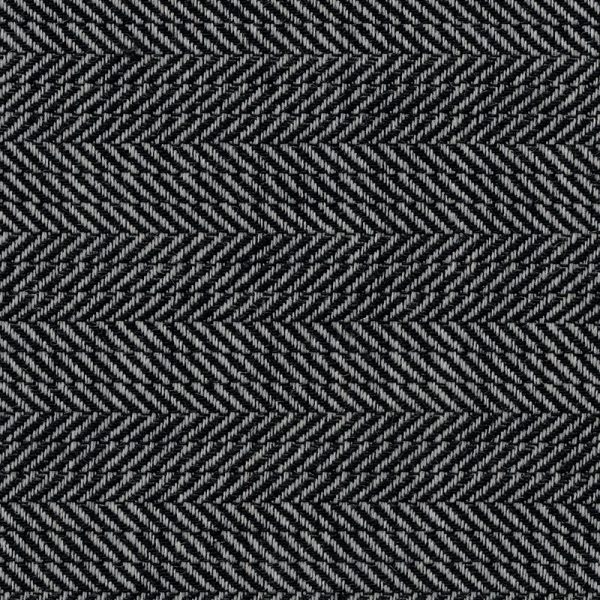
The history of sustainable wool
My grandmother used to knit me these woollen socks. I used to call them ‘goat socks’. But most of the wool comes from sheep, right? Or does it? I thought so too before I started my textile training. Now I know a lot more about wool and I would like to share this knowledge with you.
Wool is a natural fibre of animal origin and, like hair, is made up of proteins. The wool fibre has scales. The scales allow the fibres to hook together, making it easy to spin. The fibre is crimped, which creates the nice woolly effect people often describe. You often put on wool clothes when it is cold outside to keep yourself warm. But did you know that desert dwellers wear wool to keep out the heat? This is because of the insulating effect of wool. In the winter it gives you warmth, in the summer it provides a cooling effect.
Where does wool come from?
As you may remember from your history books, animals used to be kept for their meat and fur. This was true of sheep, but it was thousands of years before sheep were selected for their fleece alone.
Wool sheep spread throughout Europe in the time of the Greeks and Romans. Wool was worn in both cold and warm climates and wool felt was used for all sorts of applications, for example, for the helmets of the Greeks and Romans. In the Middle Ages, the textile industry flourished and wool helped to create prosperity. Raw wool was processed in Flanders, the Netherlands and northern Italy. In addition to ordinary woven wool, the woollen product cloth was created. This is a woollen fabric that is first woven and then goes through the process of felting. This gave the fabric a warmer and more durable quality and it was mainly used in clothing.
Wool carpets came on the market in large numbers in the 17th century. Wool was used for embroidery and for weaving carpets. This created an even greater demand for wool in the 18th century. Wool Damask, which was woven on mechanical Jacquard looms, could compete with the very fashionable and popular cotton. Nowadays, the demand for wool has dropped considerably, partly due to the rise of synthetic fibres. Wool is increasingly combined with synthetic fibres, for example acrylic, to combine the best properties of both materials.
Below you see the most beautiful wool fabrics of SustainableFabrics.shop. Read more below the shop.
-

Denim Chambray
€23,00 incl. VAT (€19,01 excl. VAT) -

Panama dark blue
€24,00 incl. VAT (€19,83 excl. VAT) -

Cross twill dark blue
€26,40 incl. VAT (€21,82 excl. VAT) -

Chambray Nero
€23,00 incl. VAT (€19,01 excl. VAT) -
Sale!

Ziggy Azulon OSC | 1,4m coupon
€130,00 incl. VAT (€107,44 excl. VAT) -

Panama recycled denim
€24,00 incl. VAT (€19,83 excl. VAT) -

Ziggy Nero
€130,00 incl. VAT (€107,44 excl. VAT) -

Ziggy Oat
€130,00 incl. VAT (€107,44 excl. VAT) -

Cross twill black
€35,00 incl. VAT (€28,93 excl. VAT)
What kinds of wool are there?
When I think of wool, I think of a sheep. I think most people have this thought. But there are many different types of wool. Most mammals have two types of hair that make up their coats, wool hair and crown hair. Wool hairs are soft, short and fine. Crown hairs, on the other hand, are hard, long and shiny. The coat of a sheep consists only of wool.
Sheep’s wool
Within the category sheep wool we distinguish 3 sheep breeds: merino, chevoit and crossbed. Merino wool you may know is fine and soft. It has a strong, short frizzy fibre. It is easily processed into fine yarns and is easy to felt. Wool from the chevrolet sheep has the following properties: firm, thick, little frizz and is a long fibre with a lot of shine. This wool is processed through coarse, strong yarns and does not molt as much. By crossing a merino and a chevoit sheep the crossbed quality originated.
Lambswool
You guessed it, the wool of lambs. These lambs are 8 months old and are sheared for the first time. The first fleece is soft, supple and finer in structure.
Kashmiri goat
When I think of cashmere I always think of more luxurious garments. But why? This is because of the amount of cashmere available. Cashmere comes from only the belly of the Cashmere goat and per year one Cashmere goat produces only about 150 grams of hair. It is a very fine, soft hair that drapes well. It is often mixed with other finer wool yarns.
Camel hair
The main function of camel hair is to insulate even better than sheep wool. The wool is used in duvets but also in interlinings and is especially popular because of its beautiful colour. The colour ‘camel’ is usually a combination of fine wool, camel hair and mohair. It has a warm, shiny colour. White camel hair also occurs, but is very rare.
Alpaca
Another name that will probably sound familiar. The alpaca is a species of lamb from Peru. The hair of the alpaca is shiny and brown to black in colour. The Vicuña lives in the high plains of the Andes in Peru. This is a protected species, which makes its hair the most precious. It is silky soft, extremely fine and extremely rare. The colour of the vicuña’s hair is so evenly caramelised that the yarn does not need to be dyed after spinning.
Mohair
This type of wool comes from the angora goat. Now I hear you think: you also have angora wool? Yes there is! Only this wool comes from the angora goat and the angora rabbit. Pure mohair comes only from the angora goat and is warmer and stronger than wool. The fibre is often mixed with cotton, wool, silk or polyester. The hair from young animals is used for fashion fabrics and the hair from older animals for furniture fabrics. Mohair is very soft and the most lustrous quality of wool.
Angora
It comes from both the angora rabbit and the angora goat. It is a soft, silky hair. The angora wool of rabbits has become rare as it has been the subject of much controversy. These rabbits are not shaved but plucked and this is very painful for these rabbits.


